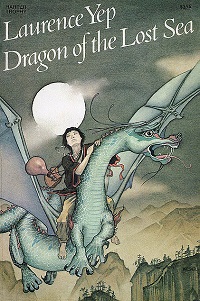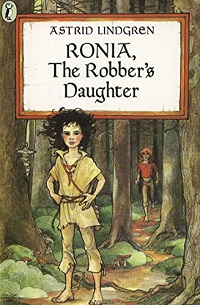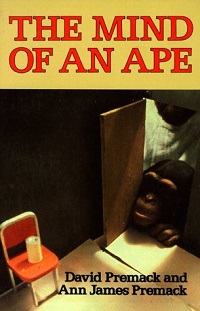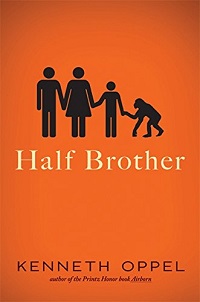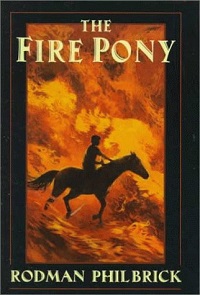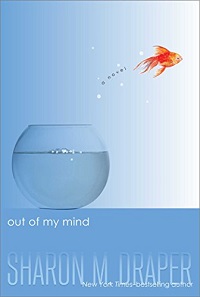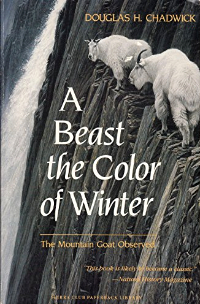Another re-read from my gradeschool years- I distinctly remember discovering this book at my public library, and its sequels. It really fired my imagination at the time. Images instantly sprang up in my head as I came across familiar scenes again- human features from ancient statues sticking out through trees grown over an abandoned city, the hero and heroine trudging across a vast salt flat bickering and reconciling at turns, the final tense scene when it seems all hope is lost but the younger, smaller of the two pulls a marvelously clever trick to attain their goal. The unlikely pair are Shimmer- a haughty dragon princess who’s been living in exile- and Thorn, an orphan boy who wants to join her quest. She reluctantly accepts his help, thinking that his smaller size, physical weakness and total lack of magical ability (the dragon can shapeshift, among other things) make him more of a liability than an asset, but the boy soon proves he can be useful and loyal. Shimmer may be a royal dragon, but she’s actually quite young as far as dragons go in this story world (where they live for centuries) and her personality is grating- she’s smug and conceited for starters. She has a lot to learn from Thorn about just being a good friend.
Well- the main storyline is an adventure as they journey to find a witch named Civet that basically stole the inland sea where Shimmer’s people used to live, and locked all the water up in a magic pebble. Along the way they meet other allies and enemies- quite a few of them also magical- there’s a wizard and a trickster Monkey. I felt like I ought to recognize the Monkey character from somewhere- but I couldn’t quite place him. Lots of the story has roots in Chinese mythology which I know very little of. I really liked- both as a child and now- that the dragons in this world are aquatic creatures- they don’t breathe fire and their home is in the sea. It’s a very different take on dragons and the description of how Shimmer can move effortlessly through water, how she misses certain aspects of the sea that is no longer there- were really vivid to me. My public library has lots of other books by Laurence Yep but not this particular series- I’d like to read the rest of them over again but will have to find some used copies to acquire.
